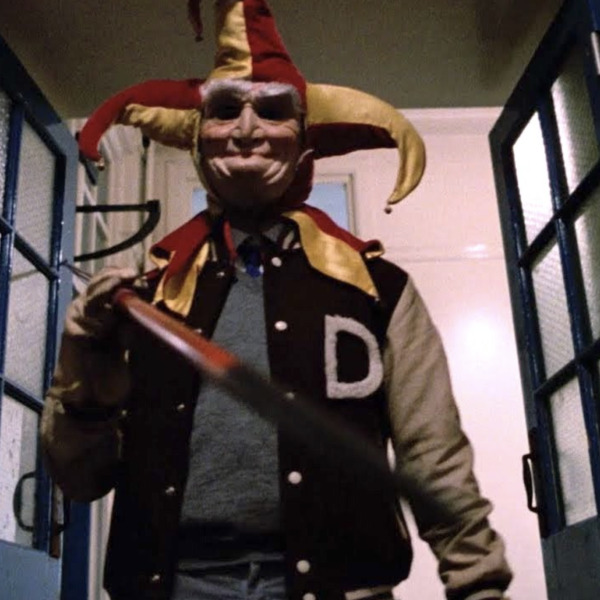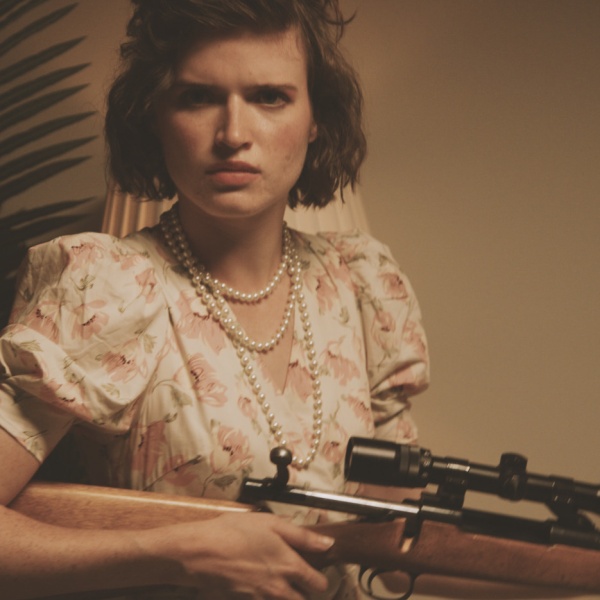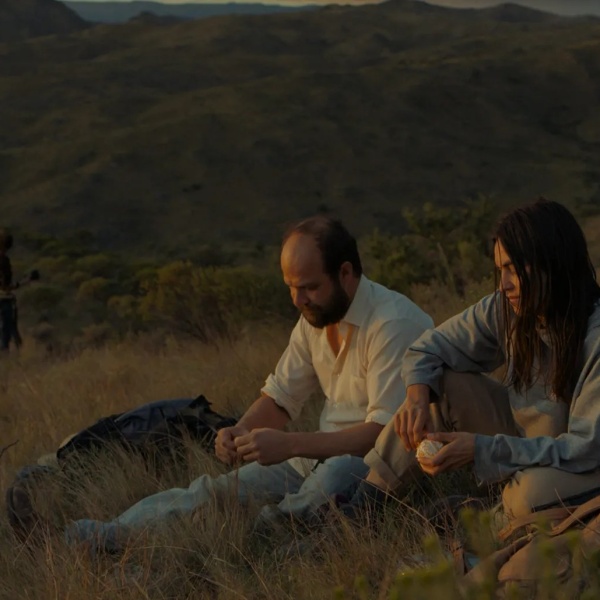Cord Jefferson‘s “American Fiction” is filled with witty dialogue, yet the thematic complexities of the film are such that often the characters still aren’t able to express what they’re really feeling, to each other and even themselves. Yet as the movie veers between satire, family drama, and romance — with a few action beats thrown in for good measure — the tonal balance remains precise and the characters’ feelings — and how we as audience members are supposed to feel about those feelings — are always clearly conveyed. This is largely thanks to one of the movie’s greatest strengths: composer Laura Karpman‘s exquisitely conceived and performed jazz score.
The way in which dialogue and score intertwine and complement each other is no accident; Karpman says she always saw the actors’ voices as part of her ensemble, as she created themes and instrumentation designed to riff on the dialogue and its delivery. “When Jeffrey [Wright] says a line, the sax will play something in response that is really working and dancing with the dialogue,” she told IndieWire, adding that the characters’ voices are “swapping fours” so that their words actually become intertwined with the saxophones and flute. It’s a concept that speaks to the greatness of Karpman’s score; while it sounds improvisational and spontaneous, each note is precisely chosen for maximum expressiveness and emotional impact.
The balance between structural precision and a more loose, human feeling reflects one of the key influences on Karpman’s score, legendary jazz pianist Thelonious Monk — an obvious reference point from the beginning given that Wright’s character is named Monk in his honor. “At first we explored using some of Monk’s music,” Karpman said, but that idea was dismissed given the specific demands of the material. While thinking about Monk’s style, however, Karpman did land on an idea that informed the themes she created for Wright’s character. “The way Monk plays, his left hand and right hand almost feel like two different musicians. The left hand is pointed and sharp and blocky, and the right hand is fluid and moves quickly.”

Because Jeffrey Wright’s Monk is in essence two people — his college professor self and his literary alter ego Stagg R. Leigh — the duality of Thelonious Monk’s performing style felt like the perfect way to explore character through music. “You’ve kind of got two halves of the character,” Karpman said. “So there’s a kind of jaggedness and playfulness to his theme that you find in a lot of Monk’s music. But it also goes places that can be quite emotional and sexy when you get into the love story.” Karpman also felt that it was important that Monk’s theme guide the audience through the delicate changes in tone throughout the film. “The music has to move and it has to turn on a dime and follow the emotional path very, very carefully and tie it all together. And it has to give the audience permission to laugh.”
While Monk’s theme was used, in a variety of iterations, for the movie’s more comic and satirical scenes (as well as morphing into something more romantic for a subplot), Karpman also composed what she refers to as the “family” theme, which appears throughout the film in sequences devoted to Monk’s relationships with his siblings and mother. Once again Karpman landed on a novel approach that mirrored and deepened the internal tensions between the characters. “The family theme is played with two instruments that are playing the exact same musical material, but not at the same time,” Karpman said. “Which is, of course, the way this family works — they always feel a little out of sync.” When Karpman finally brings the instruments together in harmony in a pivotal scene between Monk and his brother, the emotional impact is as powerful as it is subtle — a flawless integration of writing, performance, and music.

A similarly effective marriage of score and performance comes in the scene where Monk decides to become Stagg R. Leigh by writing “My Pafology,” a crude pastiche of the kind of Black trauma narratives he hates but which achieve the literary success that has eluded him. As Monk sits at his computer, his thought process is expressed not only through Wright’s performance but also through layered pianos that illustrate his internal journey. “We went with mystery music for the first part,” Karpman said. “Then a second piano comes in with a moving line, sort of like process music that doesn’t know where it’s going to go — it has flow without destination.” As the scene continues, more pianos are introduced — including some music Karpman played on a restored Steinway B gifted to Karpman’s father by celebrity hairstylist Sydney Guilaroff — along with strings. “It’s really a piano concerto, a kind of sophisticated blues with a massive string orchestra behind it.”
According to Karpman, the idea behind the scene was to “sandwich high and low art together simultaneously,” and the climax of “American Fiction” offered a similar opportunity for musical dexterity. Jefferson’s script presents a key moment in Monk’s life in three ways, which required three approaches from Karpman: a realistic approach in which she revisited the “My Pafology” theme, a romantic comedy approach in which she went for a lush, sweeping moment of triumph, and an action-oriented approach that Karpman said was inspired by ’90s cop dramas. “It was almost like a cool exercise,” Karpman said. “I got to play with genre and how you can support the genre with score. It’s the same thing that was going on throughout the film: The themes needed to have the range to get you through all the emotional turns.”





